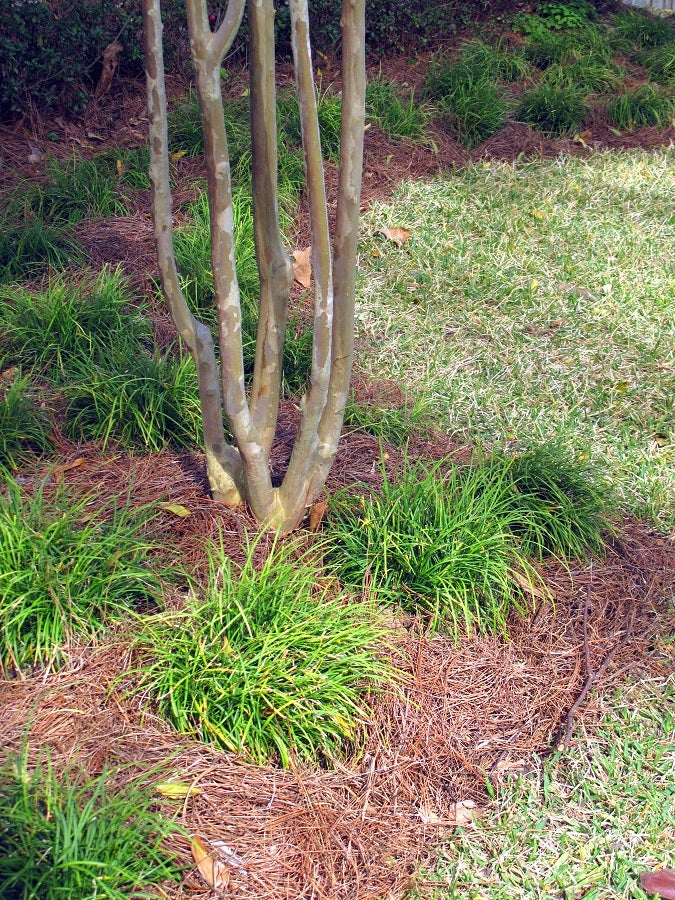Good garden sense and earth stewardship.
Published 1:00 pm Sunday, October 10, 2021
|
Getting your Trinity Audio player ready...
|
Nothing duller than talking about mulch, but there are different approaches to this big deal in the garden. And in this season of deciding what to do with falling tree leaves, now is a good time to bring it up, so here goes, I’ll keep it uncomplicated.
Heads up: A bit farther down I am throwing out a thoughtful but controversial recommendation.
Mulch is anything that protects soil and roots from splashing rain and extreme swings in temperatures, and still allow air and water get to roots. Helping keep weed seeds from sprouting is a plus, as is enriching the soil by decomposing to “feed” beneficial bacteria, fungi, and worms. They visually unify garden beds. I even mulch potted plants.
Best natural mulches include regular tree leaves, pine straw, chipped or shredded bark, straw (not weedy hay), compost, and the like. Even bagged grass clippings mixed with mowed tree leaves. I avoid environmentally unsustainable cypress mulch. And dyed mulch? Ugh.
Whatever you go with, my rule of thumb is put down just enough to completely cover the area, then that much more to allow for settling. It takes more pine straw than bark, but pine needles don’t wash away as easily as bark, making it a good solution for slopes and beside walks.
But anything that can be spread an inch or two deep and still let air and water get to roots will do. Hard mulch materials include gravel, chipped slate, crushed granite or brick, oyster shells, and even rubber mulch (which smell kinda funny on a hot day). You can buy rolled sheets of woven landscape fabric, which is a great idea but don’t allow leaves or other materials filter down to enrich or feed the soil. And they don’t look all that great without being covered with other mulch.
Heck, I supposed you could go with bottle caps or Mardi Gras beads; I use both in some of my potted plants, and they work just fine.
But back to falling leaves, which are a given to be dealt with. To me a neatly-mulched area indicates a caring attitude and a healthier garden. In fact, it astounds me how so many large-yard folks put bagged leaves curbside to be hauled away, when they can be put to good use and actually look good in the process.
Not to be controversial, but my personal/professional opinion is that anyone who bags leaves, instead of expecting waste management guys take them to a landfill for free, should have to pay someone extra per bag to haul them off. There, I said it. They do this in England which as a country has never developed a system to haul yard debris except in emergencies like after major tree-felling storms – they normally only pick up household waste.
Me, I don’t bag a single one, but rake or blow them up under shrubs, around trees, and into flower beds. Some are large, but can be chopped with a mower or string trimmer.
In fact, sometimes when I’m on a walk and see where someone has bagged a good blend of leaves mixed with grass clippings, I drive back later in my truck and haul them home to use as mulch which really beefs up my earthworms which in turn dig my dirt for me.
My LSU landscape professor showed us how he cut his mowing by two thirds by using fallen branches and leaves to connect tree trunks, and plant ferns and shade shrubs there.
Main thing is, leaves are here, and useful. Using them creatively shows good garden sense and earth stewardship.
- OLYMPUS DIGITAL CAMERA









